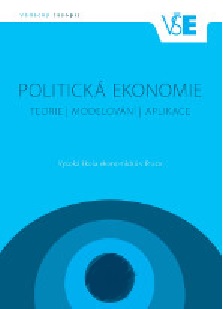Novel Configuration of Formulary Apportionment Using the Correlated Random Effect Approach
Novel Configuration of Formulary Apportionment Using the Correlated Random Effect Approach
Author(s): Markéta MlčúchováSubject(s): Economy, National Economy, Public Finances
Published by: Vysoká škola ekonomická v Praze
Keywords: corporate taxation; formulary apportionment; correlated random effect;
Summary/Abstract: This paper examines various configurations of the formula under the formulary apportionment methodology from the perspective of the explanatory power of the variability in profitability of multinational companies with the aim to identify the best-performing formula based on analytical evidence of panel microeconomic data. The considered configurations of the formula are based on the novel composition of the allocation formula indicated under the BEFIT proposal, preceding the CCCTB proposal, and traditionally used formulas, at the sub-national level, in Canada and the United States. The empirical analysis uses microeconomic panel data obtained from the Orbis database for 77,087 subsidiaries affiliated with 2,283 parent companies observed from 2011 to 2020. Utilising the correlated random effect approach, accounting for time-specific effects, including the time-constant explanatory variables such as economic activity, classified by NACE codes and the EU Member States’ jurisdiction, this paper devises a novel formula configuration. Besides a novel configuration of the apportionment formula, consisting of sales, costs of employees, tangible and intangible assets, this paper estimates proportional weights of apportionment factors and concludes with policy recommendations.
Journal: Politická ekonomie
- Issue Year: 72/2024
- Issue No: 1
- Page Range: 73-101
- Page Count: 29
- Language: English

